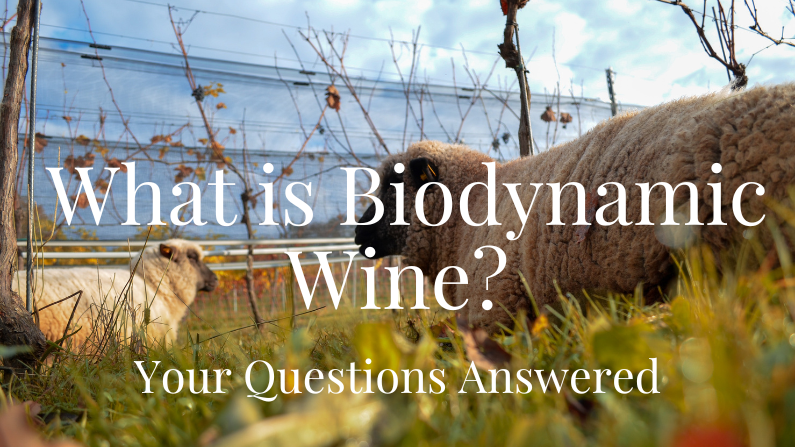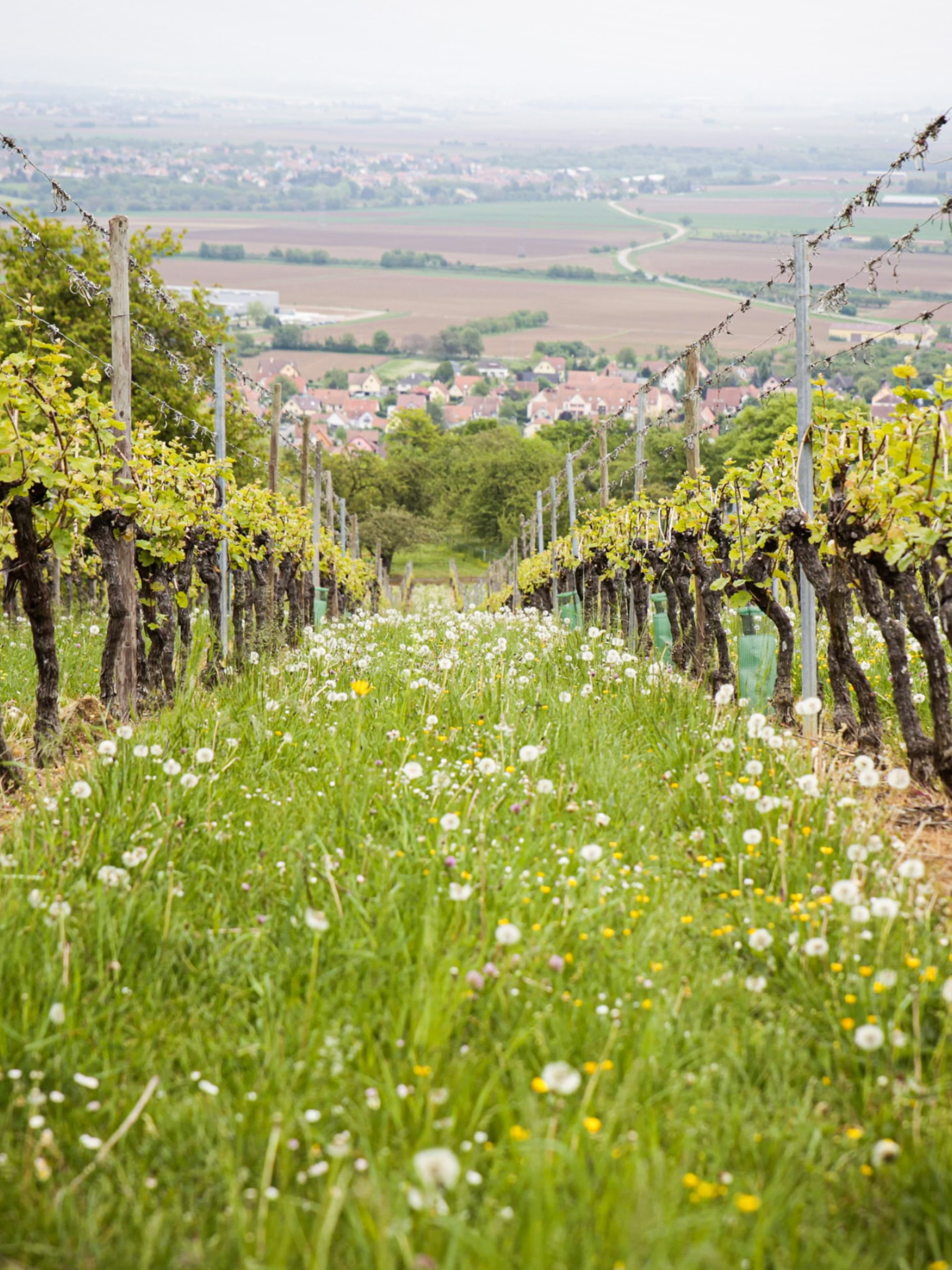
Let’s be real. On the surface, biodynamic wine is a bit of a woo science, where moon cycles determine watering days and cow horns are planted between vineyards to improve the soil. There’s no doubt biodynamic farming is deeply spiritual, but it’s also rooted in ancient knowledge of how ecosystems behave.
Biodynamic farming has been around for centuries, though it’s only been 100 years since the term was catapulted into the mainstream. Today, it’s a worldwide phenomenon that many believe is the truest expression of terroir.
In this post, I’ll answer the question, what is biodynamic wine? Plus, we’ll get into the whole cow horn situation, along with more biodynamic wine practices and tips for finding your next bottle!

What is biodynamic wine?
Biodynamic wine is made from grapes farmed using biodynamic farming practices. The term was penned in the 1920s by Austrian philosopher Rudolf Steiner and his student, Maria Thun. It’s essentially “spiritual science,” where the farm (or vineyard) is treated as one giant regenerative ecosystem.
A biodynamic vineyard aims to align all forces of nature (earth, fire, air, and water) to create harmony. Because a vineyard is, in essence, a giant mono-crop, biodynamic vineyards combat this by bringing in livestock to replenish the soil.
When done right, a biodynamic vineyard is in better shape than before, with rich wildlife and nutrient-dense soil.
Tip: All biodynamic vineyards are organic, but not all organic vineyards are biodynamic.

Biodynamic wine practices
Biodynamics occurs mostly in the vineyard before winemaking even happens. All the common tasks are regulated by a special biodynamic calendar created by Maria Thun.
Here’s a quick breakdown from beginning to end of the requirements for making biodynamic wine:
- The land (and the cow horn):
A vineyard must “prepare the land,” even if there are already crops. One of the ways this happens is with cow manure and other compost stuffed into cow horns, planted throughout the vineyard, then dug up and spread across the land. This enriches the soil and “preps” it for the next season.
- The vines:
Vines are fertilized using only compost created on the farm. The soil is regenerated through the waste droppings of the farm animals like ducks, sheep, and horses.
- Maintenance:
Pruning, watering, harvesting, and rest days are determined according to the moon cycle and the planets. These days are referred to as “root day,” “leaf day,” “fruit day,” and “flower day,” respectively. These days coincide with the four elements: earth, fire, air, and water.
- Pest control:
Bad pests are outcompeted by encouraging the growth of good pests.
- Winemaking:
No chemicals or manufactured additions (like commercial yeast) are used in the winemaking process. Sulfites are permitted, with the maximum allowed being 100mg/L. For reference, the maximum legal limit in the U.S. is 350mg/L, and no additional sulfites are allowed to be added to wines labeled “organic” or “natural.”

What does biodynamic wine taste like?
This is relative, but in my opinion, I’d pick a biodynamic wine over an organic or natural wine any day. Not only are you getting a true, unadulterated expression of the wine’s terroir, but you also benefit from more modern winemaking techniques.
Unlike some natural wines, sulfites are allowed in small amounts. This means winemakers do have slightly more control over the bacteria that take up residency in the wines. Using natural yeast found on the grapes instead of commercial yeast makes for a more authentic and unique flavor profile. Of course, it all comes down to personal preference at the end of the day.

How to spot a biodynamic wine
Two governing bodies are responsible for labeling biodynamic wines, both of which adhere to strict rules and regulations.
Demeter International is the largest certification organization and the one you’ll most likely recognize by its label. They certify wineries and traditional farms and feature wineries from over 20 countries.
Biodyvin is a smaller organization that only certifies wineries. According to their website, they currently have 202 accredited winegrowers throughout Europe.




Olivia is a Washington-based freelance writer with a Level 2 Award in wines from the Wine & Spirit Education Trust. She has a passion for all things food, wine, and travel, though her heart belongs to the Pacific Northwest. When she’s not sipping on a glass of Washington Cab., she’s usually bikepacking, crocheting, or chillin’ in the sun with her dog Tater.
IG: @liv_eatslocal
Website: liveatslocal.com


